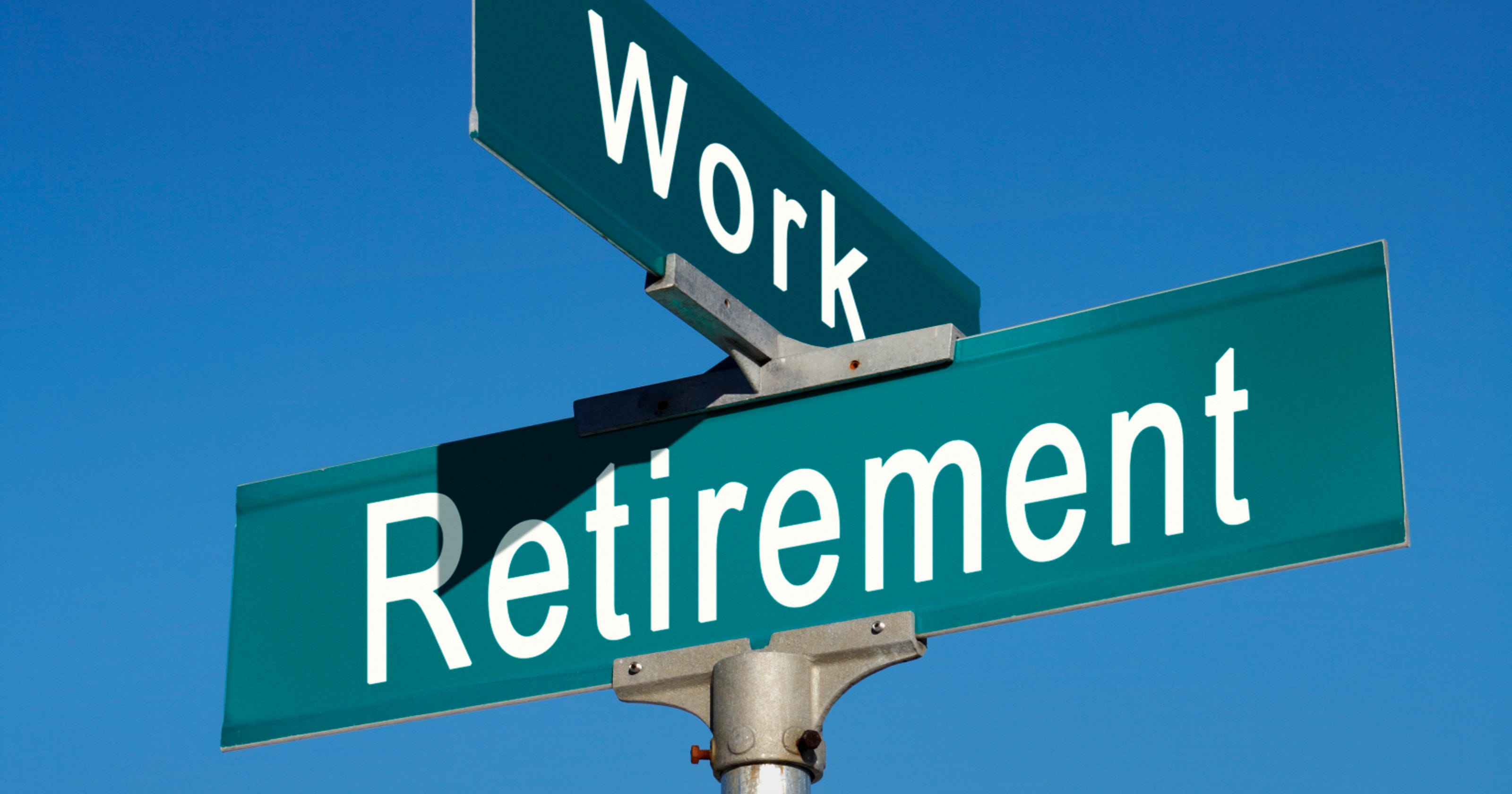
This Is the Reason Why Millions of Americans Are Working Even After Retirement

We may choose to ignore many issues facing the US at the moment, but one issue which is the most troubling is the rising costs of healthcare. Whether it’s paying a visit to the doctor, or buying prescription medications, or something as serious as surgery, costs have risen across the board.
Consequently, this has had an impact on health insurance costs as well, and millions of Americans have witnessed their premiums increasing with each passing year, making it increasingly difficult for them to subscribe an adequate coverage plan.
Unfortunately for the older population, the baby boomers that have crossed the retirement age of 65, higher healthcare costs are simply not an option they can afford. For them, the ACA has tried to make things easier with an affordable plan, however according to reports even that may not be sufficient to provide the needed coverage required. As a result, many Americans are now delaying their retirement, working beyond the age of 65 in order to finance their growing healthcare needs.

The baby boomers were clearly not expecting health costs to rise as much as they have otherwise they would’ve saved up accordingly to ensure a comfortable retirement
Retiring Fast
Several research studies have shown that America is, beyond a doubt, an aging society, which basically means that a few years down the line we would have a significant proportion of our total population above the retirement age. According to figures reported by PEW Research, on average, every day around 10,000 people cross the retirement age.
However, crossing the retirement age does not mean that these Americans are leaving the workforce. On the contrary, according to reported figures, since 2014 the workforce has witnessed an increase in baby boomers by a steady 4.5% on average every year. The US Census Bureau has estimated the total number of post-retirement age workers in the US labor market to be around 9.7 million people.
Millions of people are approaching the age of retirement in the US, which is why the labor force is seeing an increase in the proportion of workers who are above the age of 65
Aiming for Better Coverage
Although employer-provided health benefits have provided a lot of support to people, after retirement these benefits are no longer there and people have to settle for affordable options like Medicare, which do not offer the same level of coverage. Hence, people usually have to substitute Medicare with other insurance plans as well depending upon their individual needs. Prescription costs are usually in addition to these costs. All this makes healthcare very expensive for people who are no longer earning an income.
In addition to this, after the recession of 2008, the pension fund took a hit as well, which meant that the baby boomer generation has to dip into its personal savings to finance necessary costs like healthcare. Those who don’t have enough personal savings then have to re-enter the workforce, servicing insurance costs while living paycheck to paycheck.
Now, a lot of people may like to believe for many older people, working even after retirement is a choice as they don’t want to stay at home. However, according to Sara Sanders, who works as a professor at the University of Iowa in their School of Social Work, poverty is the leading reason why many post-retirement adults whom she has met are still working. In number terms, as provided by the Bureau of Labor Statistics for the year 2017, 209,000 Americans are working in their post-retirement years due to the fact that they simply don’t have enough money to survive.

Millions of Americans are approaching retirement age, however, they are also not leaving the workforce as they have bills to pay which now includes a rising insurance premium
The Overall Poverty Line
All of the above ties in with the overall poverty line figure reported by Henry J. Kaiser Family Foundation, which stands at above 7 million people if only considering the people who are above 60 years of age.
This shows that millions of older Americans were already working to make ends meet, and now they must work harder to service their healthcare costs as well. In fact, many people in the older workforce are also taking care of someone at home, both physically as well as financially.
On the slightly bright side, older workers may be in higher demand in the future considering the shrink expected in the younger workforce due to the decline in the national birth rate. This may mean more job opportunities, however, the physical nature of many such jobs may offer some challenges to the older workforce who may not be able to fulfill its demands.
More in Medical Conditions
-
Check Your Sodium Intake—Not All Salts You Eat Are the Same
Salt is one of the most basic and most important ingredients in cooking. There are a lot of variants of salt...
November 1, 2023 -
Worried About Diabetes? Here Are Some Common Myths
There are several myths about diabetes that are frequently reported as facts. Diabetes misrepresentations can sometimes be harmful, leading to an...
June 29, 2023 -
Many Patients Pay Their Medical Costs Out Of Their Pockets – Even With Insurance
With rising inflation, it has become difficult for people to even fulfill their basic necessities. They are more concerned about how...
June 6, 2023 -
What Is The Right Weight For Kids And How To Gain Weight Healthily
Keeping your child happy and healthy is the primary concern of every parent. Parents usually focus on providing their young ones...
May 12, 2023 -
Thyroid Disorders in Children: What Parents Need to Know
Thyroid disorders are not limited to adults; they can also affect children. The thyroid gland produces hormones that play a crucial...
April 29, 2023 -
Should Doctors Attend To Patients With ‘Do Not Resuscitate Tattoos’?
Doctors at the University of Miami hospital were confronted with a dilemma when a 70-year-old unconscious man with a tattoo “do...
April 3, 2023 -
Your Antidepressant May Not Work If You Keep Doing This One Thing
People use social comparison to measure their self-worth. Social comparison has been in existence since time immemorial, and it is as...
April 1, 2023 -
Pro Tips on Preventing Hair Breakage While Keeping Your Hair Moisturized at Home
Every one of us is thinking a lot about how to forestall hair breakage and keep them moisturized at home. Since...
March 22, 2023 -
Planning to Travel After Retirement? This is the Best Medicare Coverage for You
Does Medicare insurance go with you once you are out of the country? It’s currently open enrollment period, and while planning...
March 14, 2023















You must be logged in to post a comment Login